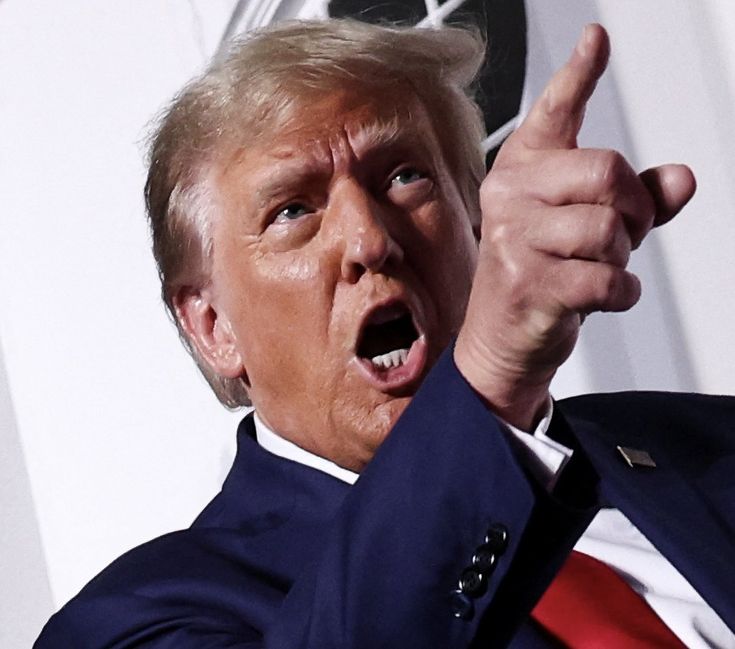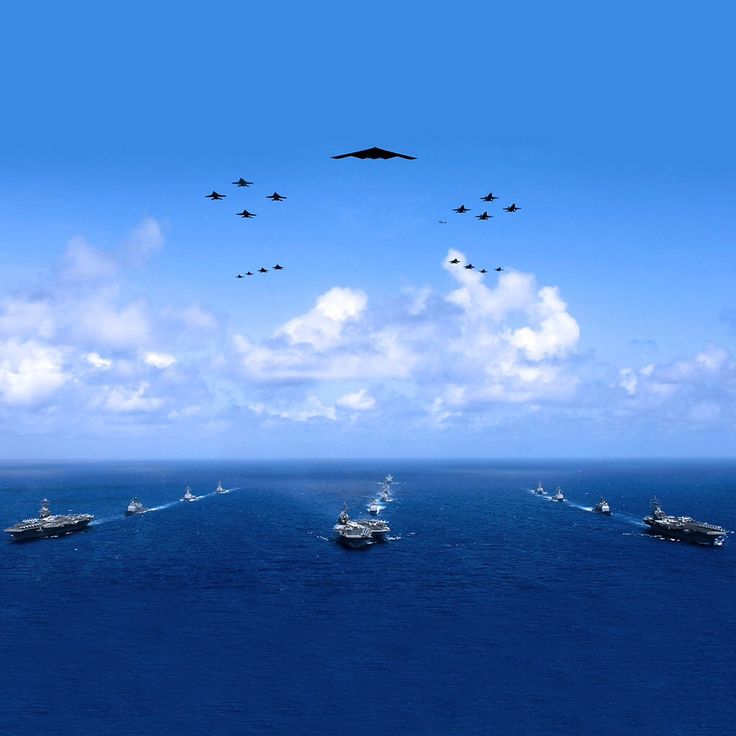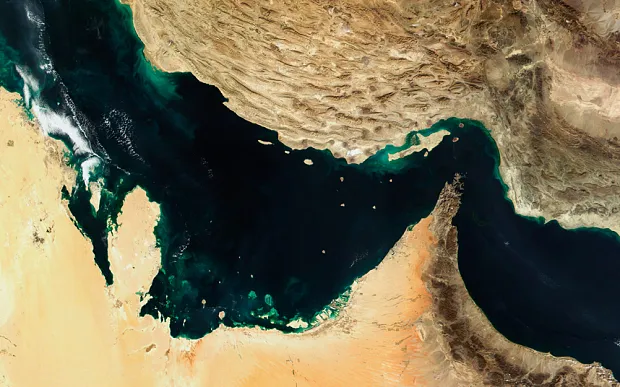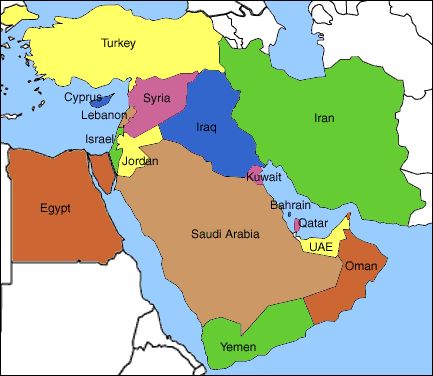In the early hours of June 21, 2025, the United States, under President Donald Trump’s second term, launched a high-impact airstrike targeting Iran’s nuclear facilities. The world held its breath, asking: What happens next? Here’s what we know — and what might be coming — in clear, plain English.

The U.S. Move: Limited But Loud
President Trump made it clear: this wasn’t an open invitation to war, but a direct warning. The strike hit three key nuclear sites in Fordow, Natanz, and Isfahan. Stealth bombers and long-range cruise missiles were used with surgical precision, with the primary goal of crippling Iran’s nuclear progress.
This move aligns with Trump’s renewed “maximum pressure” doctrine — a familiar strategy from his first term — aimed at deterring adversaries through overwhelming force and unpredictability.

How Might Iran Respond?
a. Military or Cyber Retaliation
Iran’s Revolutionary Guard could retaliate through drone attacks, regional proxy groups, or cyberwarfare — particularly targeting U.S. military bases and allies in the Gulf region.
b. Threat to Close the Strait of Hormuz
Iran’s parliament has threatened to block the Strait of Hormuz — a chokepoint for nearly 20% of global oil traffic. Even the rumor of closure has already sent oil prices soaring.
c. Tactical Diplomacy
Despite the fiery rhetoric, Iran might return to diplomatic channels under pressure from economic fallout and domestic unrest. Backchannel negotiations via Qatar or Oman remain a possibility.

What to Expect in the Coming Weeks
Escalation Risks: Any Iranian retaliation could prompt further U.S. strikes. A tit-for-tat scenario is possible.
Market Volatility: Oil and commodity markets are already reacting. U.S. gas prices could spike if tensions persist.
Geopolitical Shifts: Russia and China condemned the U.S. strike, while Israel and Saudi Arabia voiced strong support. Expect shifting global alliances and increased Middle East polarization.

Long-Term Scenarios
Best Case: Iran de-escalates, nuclear ambitions are curbed, and new diplomatic talks emerge, potentially mediated by European or Gulf nations.
Worst Case: Iran fully withdraws from the Non-Proliferation Treaty (NPT), increases uranium enrichment, and conflict spreads across Lebanon, Iraq, and Syria.
Either path will reshape the Middle East — and U.S. foreign policy — for years to come.

This conflict isn’t just about two nations — it’s about oil, nuclear power, regional dominance, and global stability. With President Trump back in office and Iran under intense pressure, the stakes in 2025 are higher than ever.